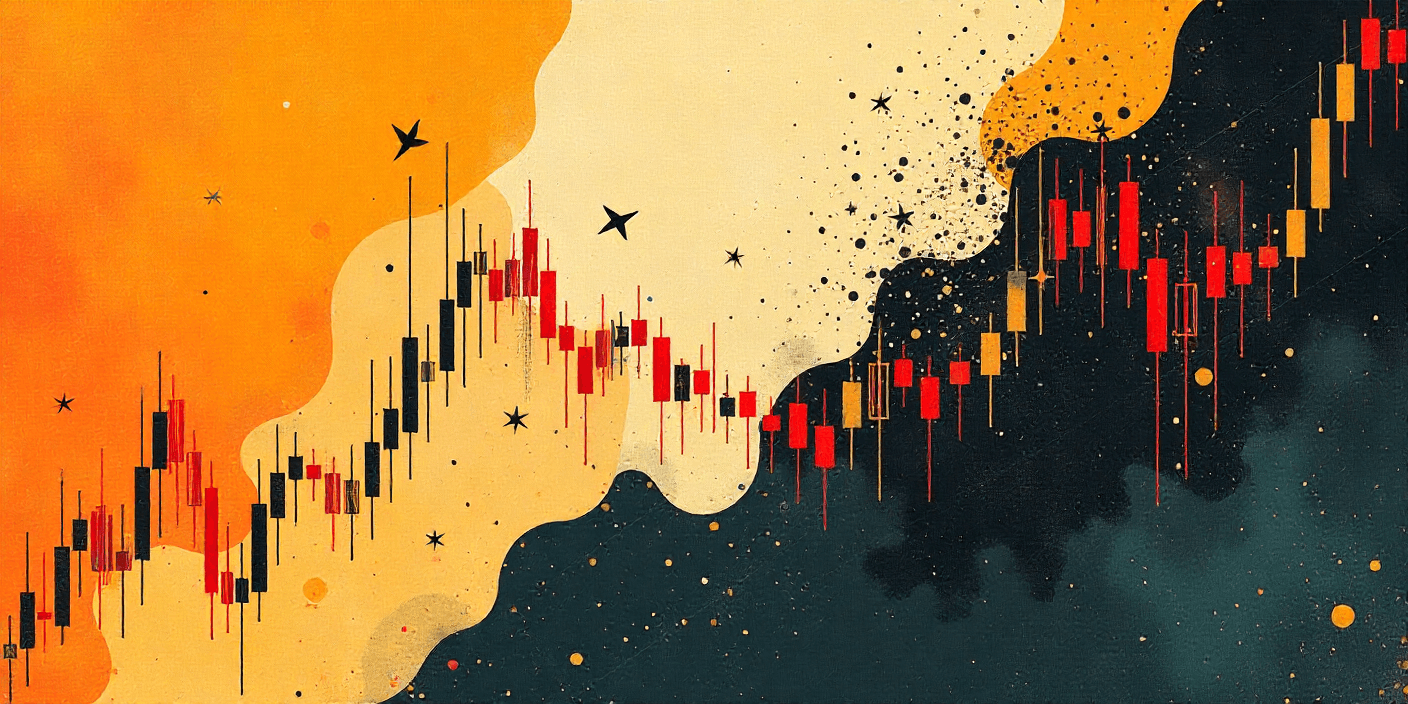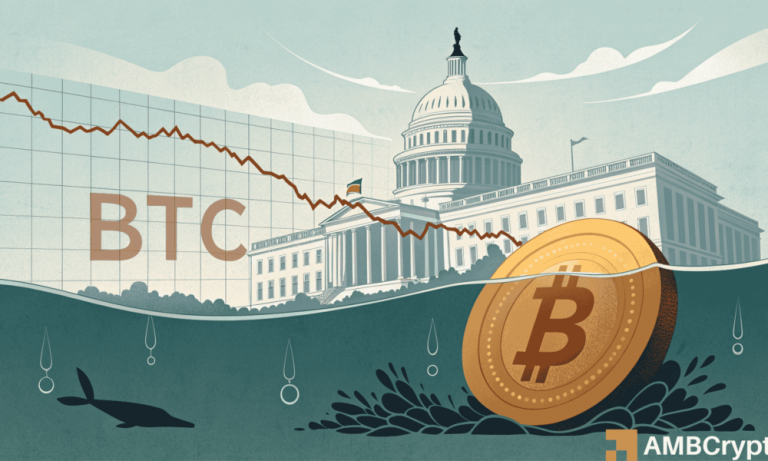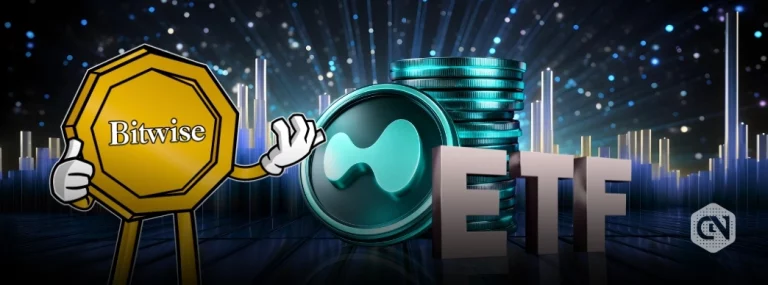
How to Navigate Crypto Market Crashes Like a Pro
When the cryptocurrency market takes a sharp dive, many traders panic and freeze. However, seasoned traders understand that volatility brings not just risk but also opportunity. Crypto market crashes can be lucrative for those who know how to adapt their strategies to the unique dynamics of such downturns.
Understanding the Real Impact of a Market Crash
A sudden market drop magnifies market activity, with price movements that usually take weeks occurring in hours. Altcoins often mimic Bitcoin’s trajectory, while cascading liquidations create highly volatile conditions. The goal during these times is simple: survive first, profit later. This mindset allows disciplined traders to navigate the chaos while others falter.
Going Long During a Crash
While it might seem counterintuitive to buy during a crash, some of the strongest rebound opportunities occur between moments of panic. Rather than trying to catch the exact bottom—an almost impossible task—look for signs of exhaustion like long lower wicks, slowing price momentum, or rebounds off historical support levels.
Spot buying during crashes is typically safer than using leverage, as it minimizes the risk of liquidation. Platforms like Binance Spot Trading allow users to build positions steadily, preparing for a potential market recovery.
Shorting the Market After Relief Rallies
Shorting during the initial panic often leads to losses due to sharp bounces triggered by profit-taking and liquidations. The better strategy? Short relief rallies that fail after the panic subsides. Look for moments when price returns to previous support levels that have now become resistance zones. This is where experienced traders strike.
Protecting Investments with Hedging
If selling your long-term holdings during a crash feels counterproductive, hedging is a powerful tool to manage risk without abandoning your positions. Futures contracts or options can help offset potential losses. For instance, if you hold Bitcoin, you can open a short position equal to your holdings, effectively neutralizing the downside while maintaining your long-term assets.
Options strategies, like protective puts, act as an insurance policy, helping to cushion losses. Platforms like OKX offer tools such as Simple Earn, which also generates returns while holding assets.
Earning Passive Income in a Down Market
Idle crypto sitting in wallets loses purchasing power during prolonged downturns. Instead, consider lending platforms that offer interest-bearing opportunities. Flexible earning products provide hourly returns on assets like Bitcoin, Ethereum, or stablecoins such as USDT and USDC.
For example, Simple Earn by OKX offers up to 10% APR, enabling traders to grow their holdings even in bearish conditions.
Swing Trading for High Volatility
Crashes create wide-ranging price movements, making them ideal for swing trading. Instead of chasing candles, identify major support and resistance levels. These serve as entry points for long or short positions, aiming for the middle range of each swing. For example, a crash-driven drop followed by a relief rally offers high-probability setups for both directions.
Risk Management in High-Volatility Markets
Survival is key during high-volatility conditions. This means reducing position sizes, widening stop losses, and setting daily loss limits to protect against emotional or revenge trading. Always remember: no trade is worth risking your entire portfolio.
Leverage becomes especially dangerous during crashes. A position comfortable last week could now be at severe risk. Adopting a cautious approach ensures that you stay in the game for long-term profitability.
The Bottom Line: Turning Crises into Opportunities
Trading a crashing crypto market requires discipline, risk management, and a deep understanding of market dynamics. By learning to go long during exhaustion points, shorting failed recoveries, and using hedging strategies, you can navigate volatility with confidence.
Platforms like OKX Simple Earn or Binance provide tools and resources to maximize your potential during downturns. Remember: a disciplined trader treats market crashes not as disasters but as opportunities to grow and refine their strategies.



